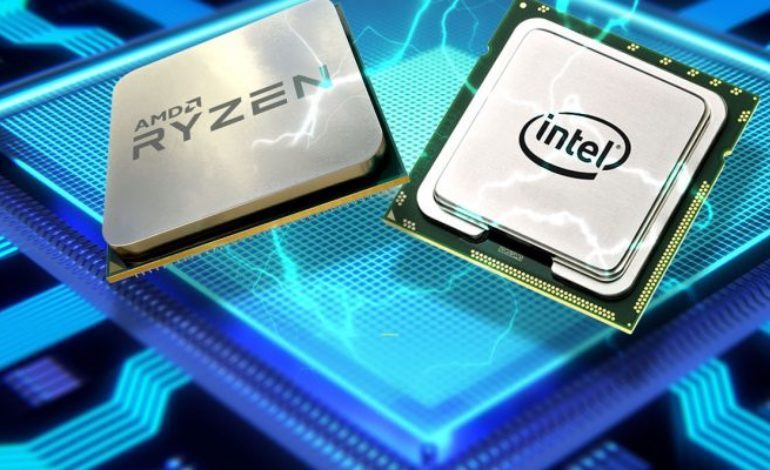

Intel is yet to officially reveal any details on their upcoming CPUs, with the announcement slated to happen on April 30th, followed by the launch at the beginning of May. Some details of the CPUs have been released out of time, although performance-related details will come out with the launch of the CPU. The wait is meant to align with the release of the 400-series of motherboards that are built for the CPUs.
It has been revealed that the CPU is a 14nm design with 10 cores and 20 threads with a GHz boost speed. The design is minimal when compared to their primary competitors, AMD, 9th generation CPUs. With the Ryzen 9 3900 containing 12 cores, 24 threads, and the Ryzen 9 3950x having 16 cores and 32 threads. Both of AMD’s CPUs have a GHz boost speed and built on the 7mn architecture. AMD is yet to reveal details on their 10th generation desktop CPUs, but they have revealed the next two APUs in their laptop lineup.
The latest detail revealed from Intel is the power consumption of the CPU. While Intel has not disclosed the detail yet, makers of the 400 series motherboards reported that the CPU will consume up to 300 watts of power under max load and idling at 107 watts. For comparison, AMD’s Ryzen 9 3950x uses 105 watts while maxing at 150 watts. In fact, Intel’s 10 generation CPU will consume more power than Nvidia’s RTX 2080 GPU, normally GPUs have the highest power draw.
CPUs have two power ratings, called power level 1, and power level 2. Power level 1 is often what the CPU idles at, in Intel’s case 107 watts, and power level 2 is the power draw when the CPU is under a workload and is using all of its power. Power level 2 is commonly used for gaming or 3d rendering. The jump in power results from Intel still using the same build architecture that they debuted in 2015, with Intel incrementally increasing the power of each CPU generation by diverting more power to the CPU.
The higher power draw will result in increased heat that needs to dispersed off the CPU or it will begin thermal throttling to limit it processing power in order to prevent damage. Intel is yet to announce a recommend a method of cooling the CPU, AMD recommends that their Ryzen 9 3950x be cooling by a 240mm water cooler, and the 3950x has a lower power draw. As well, the RTX 2080 GPU, which also consumes less power, often gets up to 80 degrees centigrade while under the workload and being air-cooled with 2 fans. Damage often occurs at 90 degrees, resulting in many companies designing RTX 2080 GPUs to be water-cooled.
Intel’s new CPU likely requires a 240mm water cooler, with limited options with air cooling. With a less powerful method of cooling, resulting in thermal throttling before maximizing all of the potential processing power out of the CPU. As well, the new CPU may require a heftier power supply when coupled with a moderate GPU and motherboard as the combination will easily exceed the output 650 and 750-watt power supply units.
Play games, take surveys and take advantage of special offers to help support mxdwn. Every dollar helps keep the content you love coming every single day.
